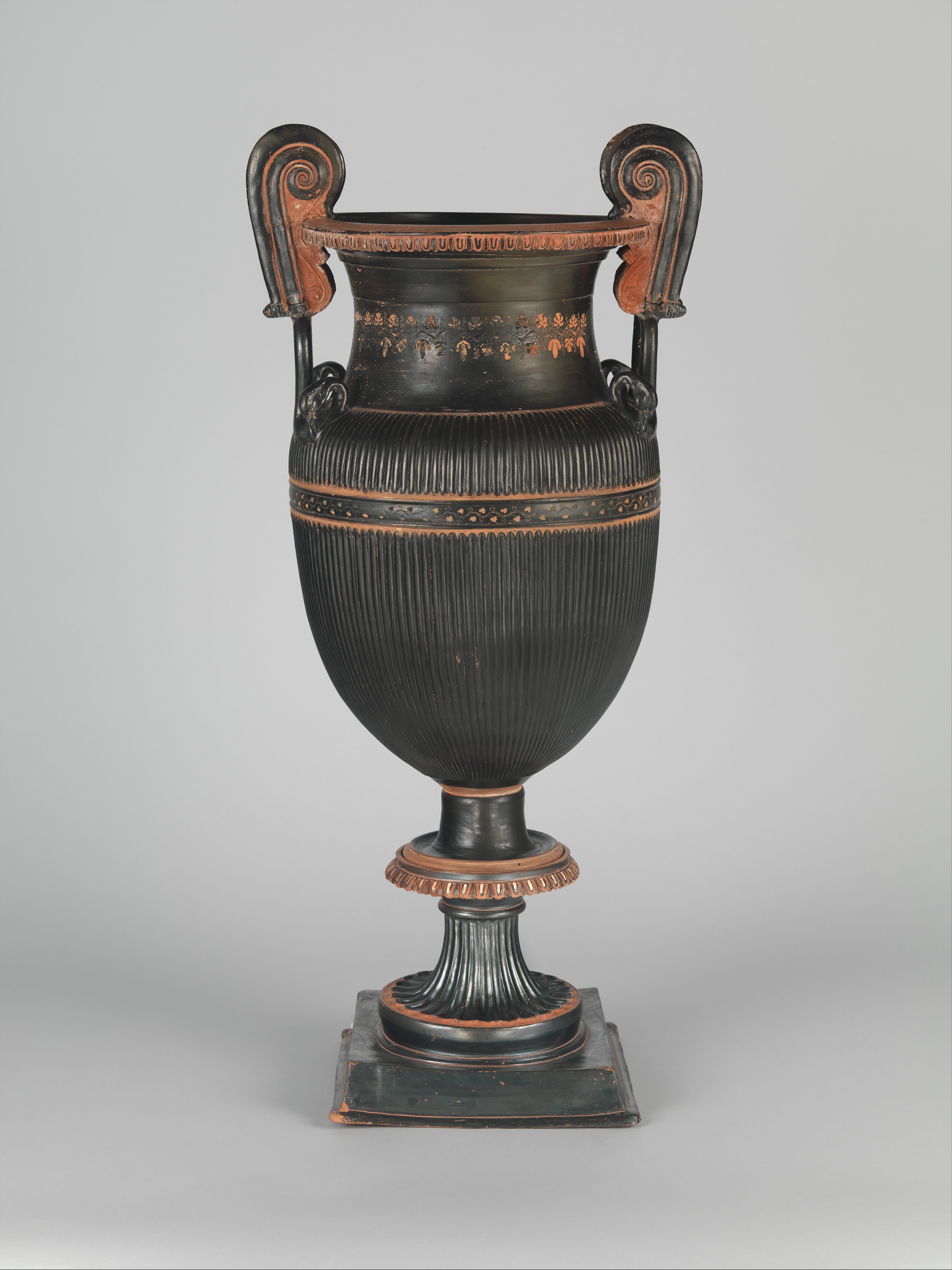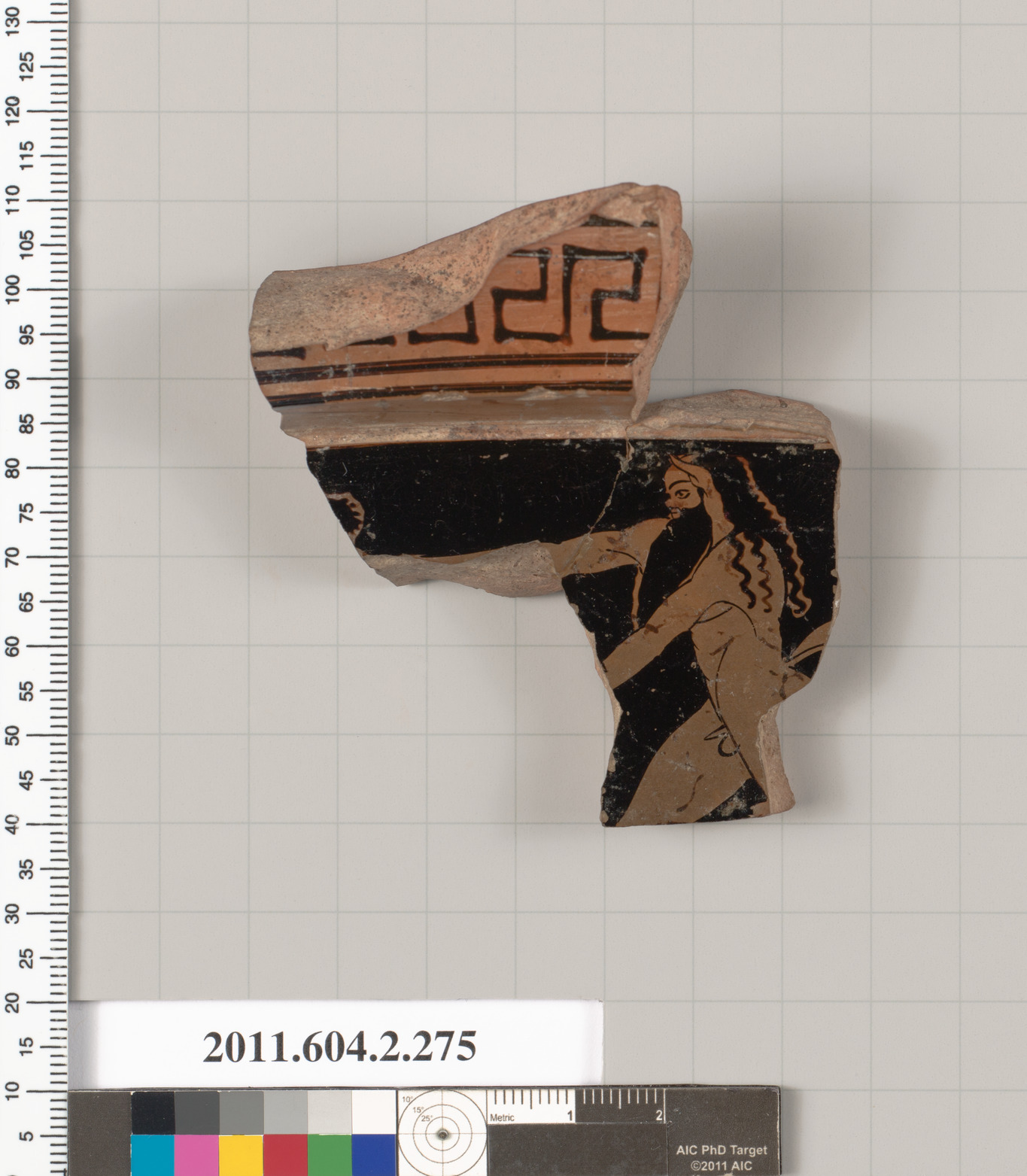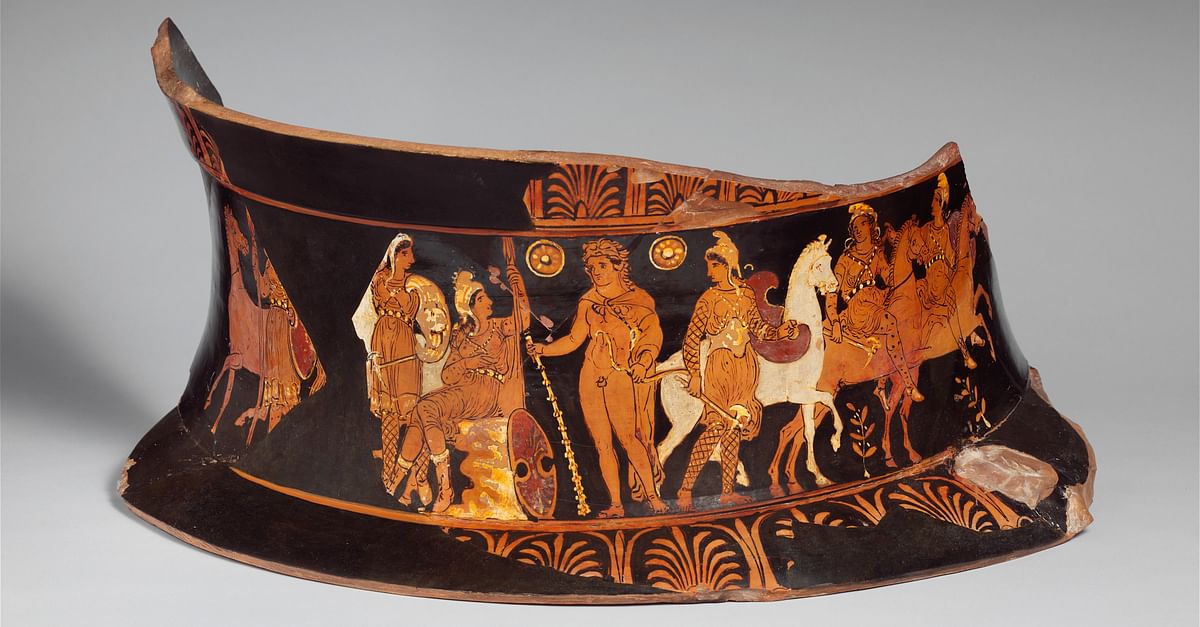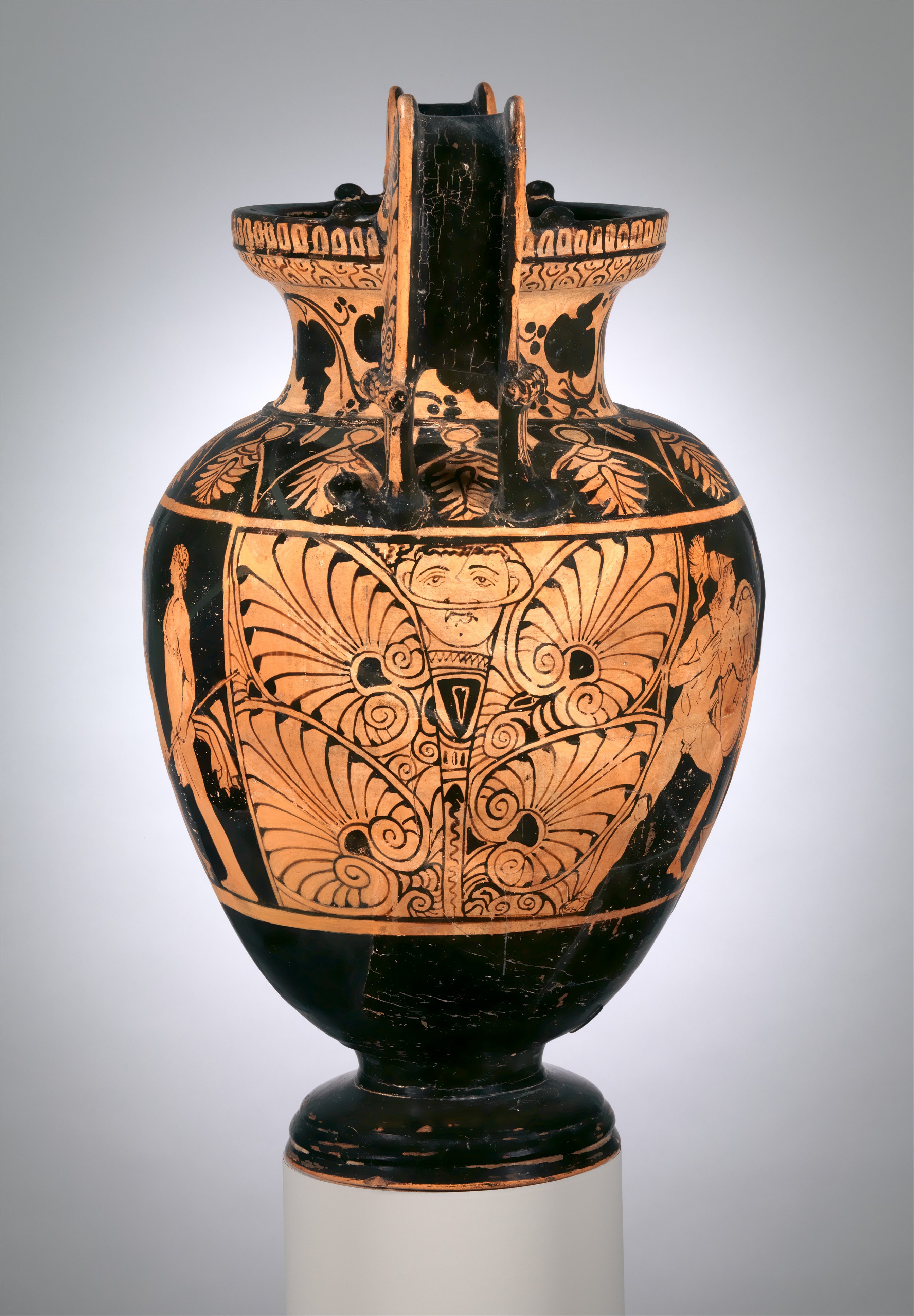



On the neck: frontal head of a woman wearing a Phrygian cap emerging from a blossom, surrounded by flowers and tendrils. In the same register, at the extreme left, a young Pan, leaning on a rock, observes the scene.

Athena is attended by two youths, who, like Paris, are in Eastern costume. Athena, directly below Paris, is also seated, leaning on her shield, wearing her helmet and holding a large phiale. Hera, holding her scepter is seated in the upper right on a rock. Aphrodite, accompanied by Eros is in the upper left, seated beside a large box, holding a wreath and a mirror. He listens to Hermes, standing to his right, who has brought the three goddesses to him to be judged. The Trojan prince is seated in the center, dressed in Eastern garb. Generous support was provided by the Getty Museum’s Villa Council.Īll images are courtesy of Antikensammlung, Staatliche Museen zu Berlin, unless otherwise noted.Obverse: the Judgment of Paris. Paul Getty Museum in collaboration with the Antikensammlung, Staatliche Museen zu Berlin. The vase attributed to the Darius Painter (depicted in slides 9-10 above), has been left in its 19th-century state as an example of Gargiulo's restoration work. The vessels illustrated here are shown as they appear at the conclusion of the conservation project. The vases on view offer a window into the ongoing debate concerning the degree to which ancient artworks should be repaired and repainted. His work exemplifies what one concerned antiquarian described as "dangerous perfection" as such interventions-especially the painted decorations-could be so effective it became difficult to identify what was ancient and what was modern. Displayed following a six-year conservation project at the Antikensammlung Berlin and the Getty Villa, these monumental vessels also reveal the hand of Raffaele Gargiulo, one of the leading restorers of 19th-century Naples. Thirteen elaborately decorated Apulian vases provide a rich opportunity to examine the funerary customs of peoples native to southern Italy and the ways they used Greek myth to comprehend death and the afterlife.


 0 kommentar(er)
0 kommentar(er)
